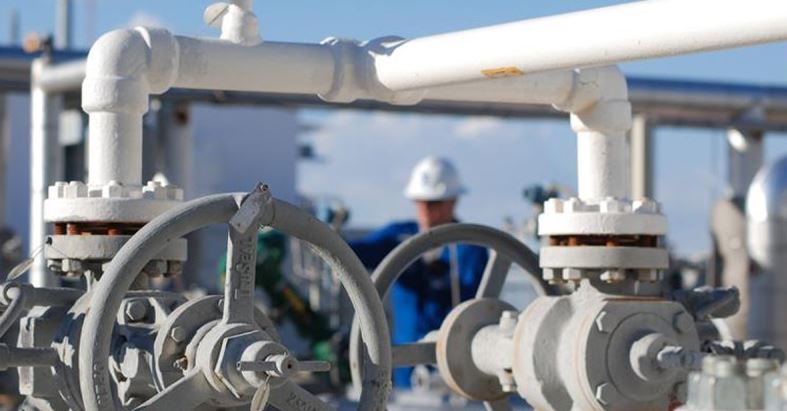Houston-based Enterprise Products Partners said it has started commercial service on its new Gillis Lateral pipeline to serve the growing LNG market on the Gulf Coast.
The approximately 80-mile Gillis Lateral originates near Alexandria, Louisiana on Enterprise’s Acadian Haynesville extension system. Also, it extends to third party pipeline interconnects near Gillis, Louisiana, including multiple pipelines serving LNG export facilities, the midstream firm said on Wednesday.
Furthermore, the recently completed pipeline has the capability to transport about 1 billion cubic feet per day of natural gas.
To accommodate the additional volumes, Enterprise increased capacity on its Acadian Haynesville extension pipeline from 1.8 Bcf/d to 2.1 Bcf/d by increasing horsepower at its Mansfield compressor station in DeSoto Parish, it said.
“By leveraging the flexibility of our Acadian system, Enterprise is providing natural gas producers in the growing Haynesville shale, one of the most lucrative natural gas plays in the US, with access to the higher valued global LNG market,” said Natalie Gayden, senior VP, natural gas sssets for Enterprise’s general partner.
“The Gillis Lateral is fully subscribed with long-term, firm commitments from shippers,” Gayden said.
US to have world’s largest LNG export capacity in 2022
The Energy Information Administration recently said that US LNG export capacity would become the world’s largest next year after the launch of new liquefaction trains at Calcasieu Pass and Sabine Pass.
Cheniere recently started producing LNG from the sixth production train at its Sabine Pass liquefaction plant in Louisiana. The 5 mtpa train will boost the plant’s capacity to a total of 30 mtpa.
In addition, Venture Global LNG has received approval from federal regulators to start commissioning a part of its Calcasieu Pass liquefaction plant in Louisiana. Once completed, Calcasieu Pass will produce about 10 mtpa of LNG from 18 modular units configured in 9 blocks.
The agency estimates that as of November 2021, existing US LNG nominal baseload liquefaction capacity was 9.5 Bcf/d and peak capacity was 11.6 Bcf/d. This includes uprates to LNG production capacity at Sabine Pass but also Corpus Christi.
By the end of 2022, US nominal capacity would increase to 11.4 Bcf/d and peak capacity to 13.9 Bcf/d across seven LNG export facilities and 44 liquefaction trains.
This includes 16 full-scale, 18 mid-scale, but also 10 small-scale trains at Sabine Pass, Cove Point, Corpus Christi, Cameron, Elba Island, Calcasieu Pass, and Freeport.
In 2022, US LNG export capacity would exceed that of the two current largest global LNG exporters, Australia (11.4 Bcf/d) and Qatar (10.3 Bcf/d), EIA said.

